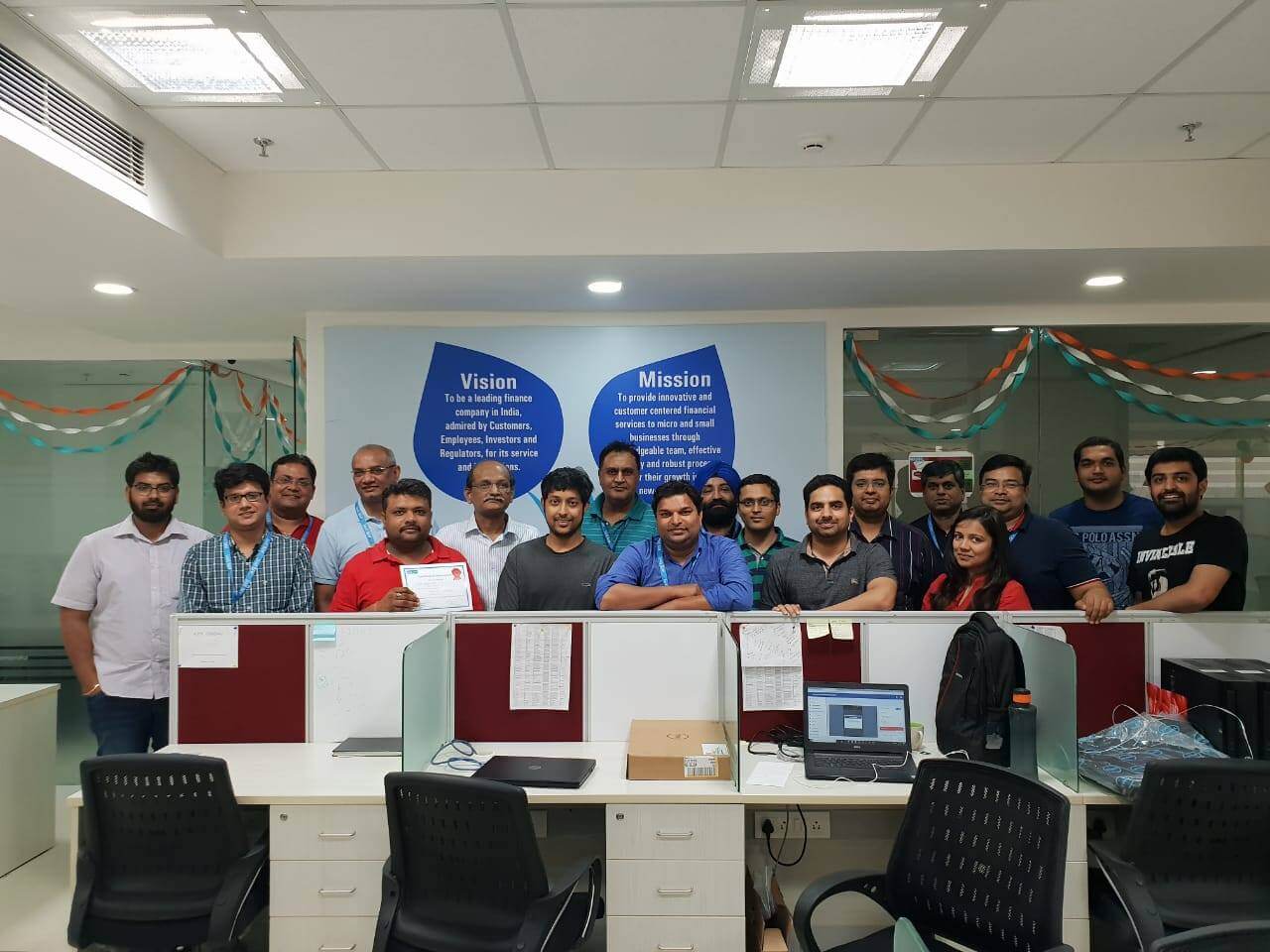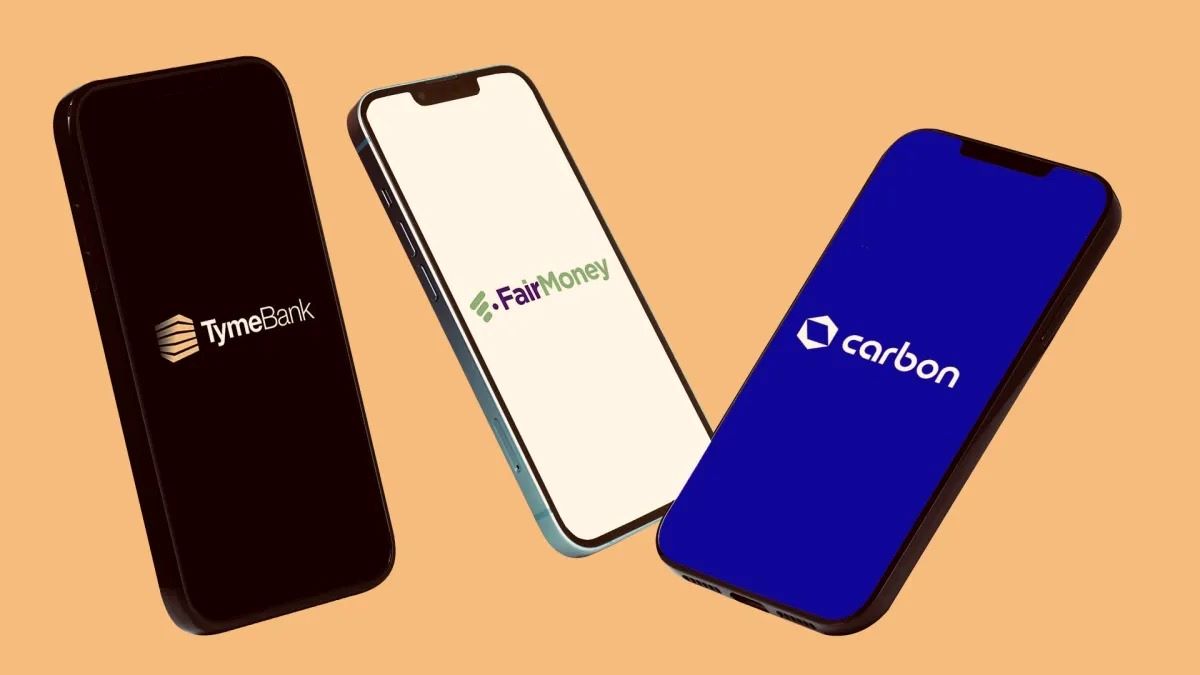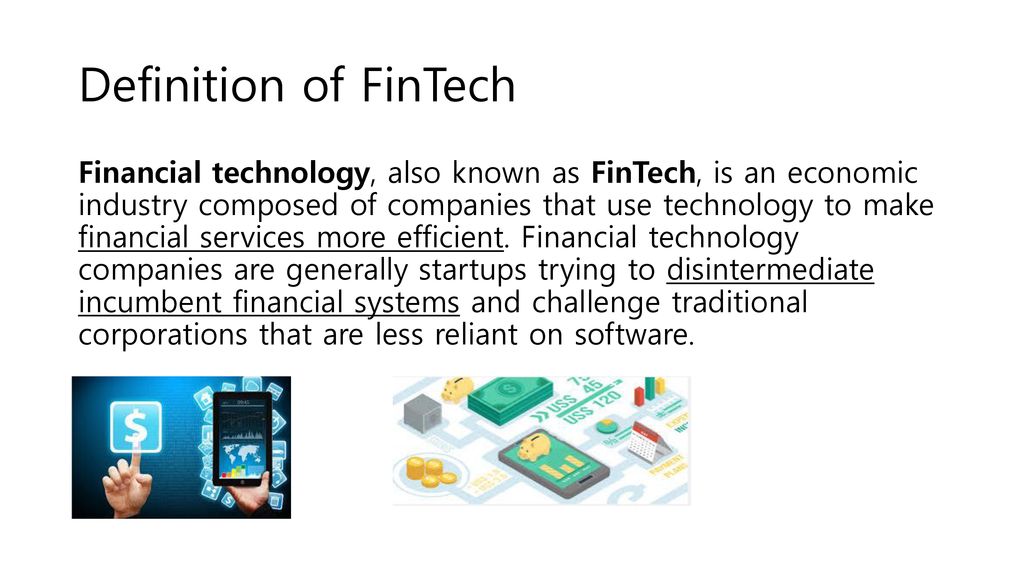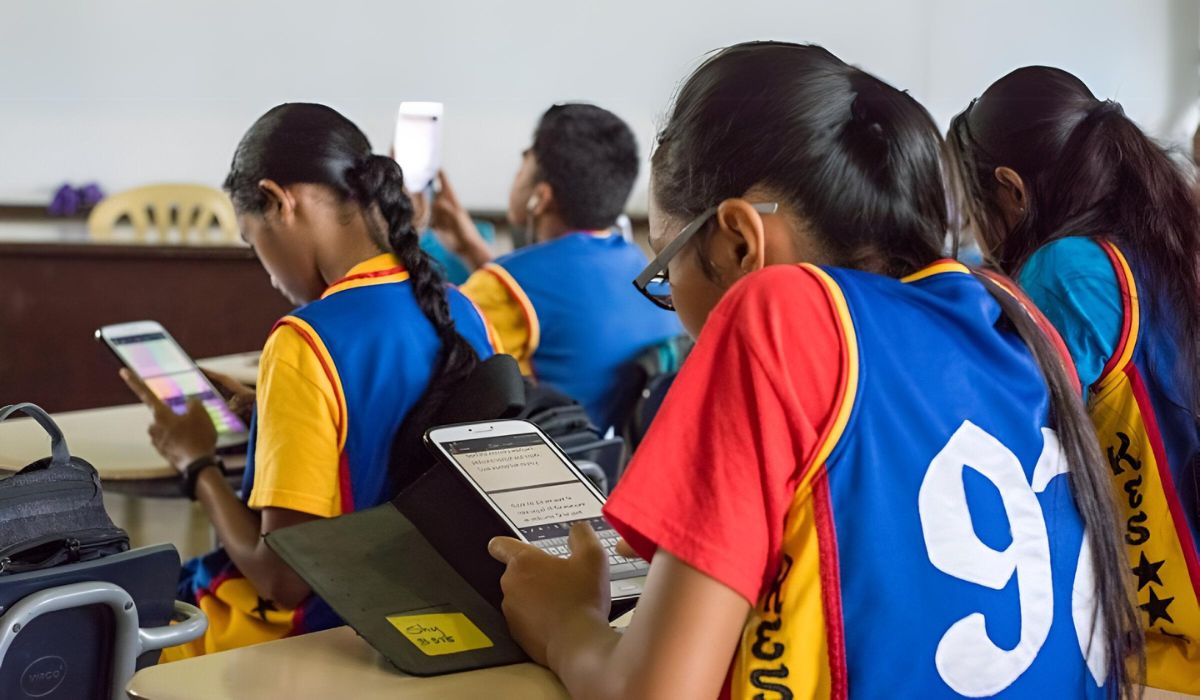Introduction
Welcome to the world of micro lending, where small loans make a big impact. In a world dominated by traditional banking systems, micro lending has emerged as a powerful tool to support entrepreneurship and alleviate poverty. As the name suggests, micro lending involves the provision of small loans to individuals who do not have access to formal financial services.
Micro lending has gained widespread attention in recent years for its ability to empower individuals with financial resources to start or expand their businesses. It has proven to be a game-changer in developing economies, where lack of access to credit can hinder economic growth and perpetuate the cycle of poverty.
This article will explore the concept of micro lending, its origins, how it works, as well as its benefits and challenges. We will also delve into its impact on poverty alleviation and highlight inspiring success stories from around the world. So, let’s dive in and discover the transformative power of micro lending.
What is Micro Lending?
Micro lending, also known as microcredit or microfinance, is a financial service that provides small loans to individuals with limited access to traditional banking services. These loans are typically granted to individuals who are considered “unbanked” or have insufficient collateral, such as low-income entrepreneurs, women, and marginalized communities.
Unlike traditional banks that require extensive paperwork, collateral, and credit history, micro lending institutions focus on assessing the borrower’s character, business plan, and repayment capacity. Micro loans are usually smaller in amount, ranging from a few dollars to a few thousand dollars, and have shorter repayment terms.
Micro lending operates on the principle that even a small loan can enable an entrepreneur or an individual to establish or expand a small business, generate income, and improve their livelihood. These loans are often used for working capital, purchasing equipment or inventory, or investing in education and skills development.
Moreover, micro lending goes beyond monetary support. It is often accompanied by financial literacy training, business mentoring, and other support services to empower borrowers with the knowledge and skills needed to succeed.
The core idea behind micro lending is not merely providing financial assistance but fostering long-term economic self-sufficiency for individuals and communities. By enabling individuals to build sustainable businesses, micro lending helps create jobs, stimulate local economies, and ultimately lift people out of poverty.
The Origins of Micro Lending
The concept of micro lending can be traced back to several pioneers who recognized the potential of providing small loans to those in need. One of the earliest advocates of micro lending was Muhammad Yunus, a professor from Bangladesh, who founded Grameen Bank in the 1970s.
Yunus witnessed firsthand the struggles of impoverished individuals in rural areas who lacked access to credit. He believed that loans, even as small as a few dollars, could make a significant impact on poverty eradication. Grameen Bank revolutionized the field of micro lending by offering small loans without requiring collateral, exclusively targeting women borrowers, and adopting a group lending model.
Another prominent figure in the micro lending movement is Maria Otero, the former CEO of ACCION International. ACCION, founded in 1961, was one of the first organizations to focus on providing microloans to entrepreneurs in Latin America and beyond. Through its innovative approach, ACCION demonstrated that small loans could empower individuals to overcome barriers and achieve economic self-sufficiency.
Over the years, the success of micro lending models like Grameen Bank and ACCION International inspired the establishment of numerous micro lending institutions around the world. These institutions range from non-profit organizations to for-profit microfinance banks, all with the shared goal of empowering individuals through access to credit.
Today, micro lending has evolved into a global movement, attracting the attention of governments, international organizations, and individuals committed to poverty reduction. In 2006, Muhammad Yunus and Grameen Bank were jointly awarded the Nobel Peace Prize for their efforts in pioneering microfinance as a means to alleviate poverty and promote social development.
The impact of micro lending has extended beyond financial support. It has inspired the emergence of microfinance networks, social investment funds, and innovative technology-based platforms that aim to scale up and increase the efficiency of micro lending practices worldwide.
How Does Micro Lending Work?
Micro lending operates on a unique set of principles that distinguish it from traditional banking systems. Here’s a step-by-step overview of how micro lending works:
- Targeted Borrowers: Micro lending institutions identify and target individuals who lack access to formal financial services. This includes low-income entrepreneurs, women, rural communities, and other marginalized populations.
- Loan Application: Borrowers submit loan applications to micro lending institutions, providing details about their business plans, income sources, and repayment capacity. The application process often involves less paperwork and focuses more on character assessment.
- Loan Evaluation: Micro lenders assess the borrower’s creditworthiness and repayment ability based on non-traditional factors. This evaluation might include a review of the business plan, a check on the borrower’s character references, and potentially a visit to the borrower’s business or home.
- Loan Disbursement: Once the loan application is approved, the micro lending institution disburses the loan amount directly to the borrower. The loan may be given as a lump sum or in installments, depending on the terms and conditions.
- Repayment: Micro loans typically have short repayment terms, ranging from a few months to a couple of years. Borrowers repay the loans in regular installments, which include both the principal and interest. Some micro lending institutions offer flexible repayment options to accommodate the borrower’s income fluctuations.
- Support Services: Micro lending institutions often provide additional support services to borrowers. This may include financial literacy training, business development workshops, and access to other resources. These services aim to enhance the borrower’s entrepreneurship skills and increase the chances of successful loan utilization.
- Repeat Borrowing: Successful repayment of micro loans can lead to increased trust and an opportunity for borrowers to access larger loan amounts in the future. Repeat borrowing allows borrowers to expand their businesses and continue on the path towards economic self-sufficiency.
The unique aspect of micro lending is the emphasis on social collateral and community support. Borrowers are often organized into groups where each member becomes responsible for the others’ repayments. This group lending model helps mitigate risks and encourages mutual accountability within the community.
Overall, the process of micro lending focuses on empowering individuals through access to credit, providing the necessary tools and support to uplift their businesses and improve their lives.
The Benefits of Micro Lending
Micro lending offers a wide array of benefits for both borrowers and the larger community. Let’s explore some of the key advantages:
- Access to Credit: Micro lending provides individuals who are traditionally considered “unbankable” with the opportunity to access much-needed financing. This enables them to start or expand their small businesses, invest in education or skills training, and meet their immediate financial needs.
- Poverty Alleviation: Micro lending plays a critical role in poverty alleviation by providing individuals with the means to generate income and improve their standard of living. By empowering borrowers to establish and grow their businesses, micro lending helps break the cycle of poverty and create sustainable livelihoods.
- Empowerment of Women: Micro lending has a strong focus on empowering women entrepreneurs. It provides them with the financial resources to start businesses, gain economic independence, and contribute to their communities. Studies have shown that when women have control over income, they invest more in education, health, and the well-being of their families.
- Job Creation: Micro loans enable small businesses to thrive and expand, resulting in job creation within the community. As these businesses grow, they not only provide employment opportunities for the borrowers themselves but also for other community members. This contributes to local economic development and reduces unemployment.
- Financial Inclusion: Micro lending promotes financial inclusion by extending services to individuals who have limited or no access to traditional banking services. It brings financial services closer to underserved communities, allowing them to save, build credit histories, and participate in formal financial systems.
- Community Development: Micro lending institutions often provide additional support services such as financial literacy training, business mentoring, and networking opportunities. These services help foster entrepreneurship, enhance skills, and provide a supportive community for borrowers to learn and grow together.
The impact of micro lending goes beyond the individual level. As borrowers succeed and businesses thrive, the positive effects ripple through the community. Increased economic activity boosts local economies, stimulates growth, and enhances the overall well-being of the community members.
Micro lending has proven to be an effective and sustainable approach to poverty reduction, offering a pathway to financial stability, empowerment, and positive social change.
Impact of Micro Lending on Poverty Alleviation
Micro lending has had a profound impact on poverty alleviation and has transformed the lives of millions of individuals around the world. Here are some of the key ways in which micro lending contributes to poverty reduction:
- Income Generation: Micro loans provide individuals with the necessary capital to start or expand small businesses. By investing in income-generating activities, borrowers can increase their earnings and create a sustainable source of income for themselves and their families.
- Better Standard of Living: Increased income from successful microenterprises enables borrowers to improve their living conditions. They can afford better housing, access clean water and sanitation facilities, and provide quality education and healthcare for their children.
- Skills Development: Micro lending institutions often provide training and support services alongside financial assistance. This helps borrowers develop essential entrepreneurial and financial management skills, enabling them to run successful businesses and make informed financial decisions.
- Women Empowerment: Micro lending has been particularly effective in empowering women, as it allows them to overcome traditional barriers and take control of their financial future. Access to credit empowers women to start businesses, gain independence, and challenge gender inequalities within their communities.
- Community Development: Successful microenterprises contribute to local economic growth and community development. As businesses flourish, they create job opportunities, attract investments, and enhance the overall socio-economic well-being of the community.
- Financial Inclusion: Micro lending expands financial inclusion by providing access to formal financial services for individuals who are excluded from traditional banking systems. This allows them to save, build credit histories, and access other financial products and services that can further support their economic growth.
Additionally, studies have shown that micro lending has positive effects on social empowerment, education, and gender equality. By improving their financial situation, borrowers gain confidence, become more engaged in decision-making processes, and actively contribute to the development of their communities.
While the impact of micro lending on poverty alleviation is widely recognized, it is important to note that it is not a one-size-fits-all solution. The effectiveness of micro lending programs depends on a variety of factors, including supportive policies, adequate infrastructure, and ongoing monitoring and evaluation to ensure the continuous improvement of these programs.
Despite the challenges, micro lending has proven to be a powerful tool in the fight against poverty, offering individuals an opportunity to break free from the cycle of poverty and build a brighter future.
Challenges and Criticisms of Micro Lending
While micro lending has undeniable positive impacts, it is not without its challenges and criticisms. Let’s explore some of the main concerns associated with micro lending:
- High Interest Rates: One of the primary criticisms of micro lending is the relatively high interest rates charged by microfinance institutions. These rates are often justified by the higher financial risk involved in lending to individuals with limited credit history and collateral. However, some argue that these rates can be burdensome for borrowers, particularly those in poverty-stricken areas.
- Over-indebtedness: In some cases, borrowers can become trapped in a cycle of debt due to multiple loans taken from different micro lending institutions. Lenders must ensure responsible lending practices and promote financial education among borrowers to prevent over-indebtedness and the negative consequences it brings.
- Lack of Financial Literacy: Many micro borrowers have limited financial literacy, making it challenging for them to manage and utilize loans effectively. Lack of understanding about interest rates, repayment terms, and financial management can lead to mismanagement of funds or poor business decisions.
- Sustainability: The sustainability of micro lending institutions is crucial for the long-term effectiveness of their programs. Achieving financial sustainability can be challenging due to the high costs of operation, difficulties in securing funding, and the need for ongoing training and support services for borrowers.
- Impact on Vulnerable Groups: Critics argue that micro lending may not reach those in extreme poverty or the most marginalized communities. Vulnerable groups such as the disabled, elderly, or those with limited resources may face additional barriers in accessing micro loans and, therefore, miss out on the potential benefits.
- Limited Scale and Scope: Micro lending programs often operate on a small scale, which can limit their impact on poverty alleviation at a macro level. Scaling up successful micro lending models requires collaboration between governments, civil society, and financial institutions to overcome infrastructure limitations and provide broader access to credit.
It is important to acknowledge and address these challenges in order to continuously improve micro lending practices and ensure that they truly benefit those in need. Transparency, responsible lending practices, financial literacy training, and ongoing monitoring and evaluation can help mitigate some of these concerns and maximize the positive impact of micro lending.
By addressing these challenges, micro lending institutions can further optimize their efforts and contribute to sustainable poverty reduction and inclusive economic growth.
Success Stories in Micro Lending
Micro lending has transformed the lives of countless individuals and communities around the world, empowering them to break free from the cycle of poverty. Here are a few inspiring success stories that highlight the transformative power of micro lending:
1. Grameen Bank, Bangladesh: Grameen Bank, founded by Muhammad Yunus in 1976, has been instrumental in bringing micro lending to the forefront of poverty alleviation efforts. Through its innovative group lending model, Grameen Bank has empowered millions of women in Bangladesh to start their own businesses and improve their livelihoods. Today, Grameen Bank is seen as a global model for microfinance, having disbursed over $30 billion in loans to date.
2. Kiva.org: Kiva.org is an online lending platform that connects borrowers in developing countries with lenders worldwide. Through their crowdfunding model, Kiva has facilitated micro loans to entrepreneurs in various sectors, including agriculture, education, and healthcare. Kiva has disbursed over $1.5 billion in loans, creating opportunities for individuals to start businesses, access education, and improve their communities.
3. Banco Compartamos, Mexico: Banco Compartamos is one of the largest microfinance institutions in Latin America. By providing financial services and loans to low-income entrepreneurs, Banco Compartamos has helped individuals grow their businesses, create jobs, and improve their living conditions. The success of Banco Compartamos demonstrates the potential for micro lending to stimulate economic development and social mobility.
4. BRAC, Bangladesh: BRAC, originally established as a relief organization, has expanded its focus to include microfinance and other development programs. BRAC has played a critical role in empowering women in rural areas of Bangladesh by providing access to micro loans and comprehensive support services. Through its efforts, BRAC has transformed the lives of millions, helping them break free from poverty and achieve self-sufficiency.
5. ASA International, Global: ASA International operates in multiple countries across Asia, Africa, and Latin America, providing microfinance services to low-income individuals and communities. With a client base of over 2 million borrowers, ASA International has demonstrated the scalability and impact of micro lending. By supporting small businesses, ASA International has contributed to job creation and poverty reduction in some of the world’s most vulnerable regions.
These success stories illustrate the transformative power of micro lending in fostering economic empowerment, promoting gender equality, and creating sustainable livelihoods. They serve as a testament to the tremendous potential of micro lending as a tool for poverty alleviation and inclusive economic growth.
Micro Lending vs Traditional Banking
The rise of micro lending has given individuals an alternative to traditional banking systems, particularly those who are unable to access formal financial services. Let’s compare micro lending with traditional banking to understand their key differences:
1. Accessibility: Traditional banking institutions often have strict requirements, such as high credit scores, collateral, and extensive paperwork, making it challenging for individuals with low incomes or limited assets to secure loans. Micro lending, on the other hand, focuses on character assessment and offers loans to those who are considered “unbankable” by traditional standards, providing them with access to credit and financial services.
2. Loan Size: Traditional banks typically provide larger loans that cater to established businesses or major investments. Micro lending, however, offers smaller loan amounts, ranging from a few dollars to a few thousand dollars. These smaller loans are more suitable for microenterprises and individuals looking for capital to start or grow their businesses.
3. Credit Assessment: Traditional banks heavily rely on credit history and collateral as primary factors in assessing loan applications. Micro lending institutions, on the other hand, assess borrowers’ character, business plans, and repayment capacity. This allows them to extend credit to those who would otherwise be denied traditional bank loans due to lack of credit history or collateral.
4. Personalized Support: Micro lending institutions often provide additional support services, such as financial literacy training, business mentoring, and networking opportunities. These services help borrowers navigate the challenges of starting and managing businesses effectively. Traditional banks may offer limited or no support services beyond the loan itself.
5. Interest Rates: Micro lending institutions typically charge higher interest rates compared to traditional banks. This is due to various factors, including the high operational costs of reaching marginalized communities, the increased risk associated with lending to individuals with limited credit history, and the smaller loan sizes. However, micro lending interest rates vary widely depending on the policies and practices of different institutions.
6. Focus on Social Impact: Micro lending has a strong emphasis on social impact, aiming to empower individuals, reduce poverty, and promote financial inclusion. Traditional banks, while important for the overall functioning of the economy, primarily focus on profitability and shareholder returns. Micro lending institutions often prioritize social mission over financial gain.
While traditional banks play a vital role in the economy, micro lending fills a crucial gap by providing access to credit and financial services to individuals who are excluded from the traditional banking system. Micro lending’s personalized approach, focus on social impact, and tailored support services have made it an effective tool for poverty alleviation and inclusive economic growth.
Micro Lending around the World
Micro lending has gained significant traction globally, with institutions and initiatives operating in various countries around the world. Let’s take a closer look at the landscape of micro lending in different regions:
Latin America: Latin America has a vibrant microfinance sector, with organizations like Banco Compartamos in Mexico and FINCA International in multiple Latin American countries leading the way. These institutions have successfully supported microenterprises and empowered individuals to improve their economic prospects.
Sub-Saharan Africa: Sub-Saharan Africa has witnessed remarkable growth in micro lending, particularly in countries like Kenya, Uganda, and Nigeria. Organizations like Equity Bank and Kiva have played a significant role in providing financial services to underserved populations and promoting entrepreneurship in the region.
South Asia: South Asia, particularly Bangladesh and India, is considered the birthplace of modern microfinance. Grameen Bank in Bangladesh and various self-help groups in India have been at the forefront of micro lending, serving as models for other countries and regions around the world.
Southeast Asia: Southeast Asian countries like Indonesia, Cambodia, and the Philippines have shown substantial progress in micro lending. Organizations like Tala and ASA Philippines have leveraged technology to reach underserved populations, providing them with access to micro loans through mobile applications and digital platforms.
Middle East/North Africa: The microfinance sector in the Middle East and North Africa region is growing rapidly. Institutions such as Tamweelcom in Jordan and Grameen-Jameel in multiple Arab countries are playing a crucial role in expanding financial inclusion and supporting small businesses.
Eastern Europe/Central Asia: Micro lending has also gained prominence in Eastern Europe and Central Asian countries. Organizational initiatives like AgroInvest in Serbia and KazMicroFinance in Kazakhstan are facilitating access to micro loans and fostering economic development in their respective regions.
It’s important to note that the micro lending landscape can vary significantly within each region, with unique challenges and success stories present in each country. Government regulations, cultural norms, infrastructure, and economic conditions all influence the development and effectiveness of micro lending initiatives.
Collaboration between micro lending institutions, governments, and international organizations is key to promoting best practices, ensuring responsible lending, and expanding the reach of microfinance services to marginalized communities.
Overall, micro lending continues to play a vital role in empowering individuals, promoting entrepreneurship, and contributing to poverty alleviation efforts, making a positive impact on communities around the world.
Conclusion
Micro lending has emerged as a powerful tool in the fight against poverty, providing individuals with limited access to traditional banking services the opportunity to start and expand their businesses, generate income, and improve their standard of living. It has proven to be a transformative force, particularly for women entrepreneurs and marginalized communities, by promoting financial inclusion and empowering individuals to break free from the cycle of poverty.
Through its unique approach of character assessment, personalized support services, and small loan sizes, micro lending has filled a crucial gap in the financial services sector, reaching those who are deemed “unbankable” by traditional standards. By focusing on social impact rather than solely on profitability, micro lending institutions have demonstrated the potential of finance as a force for positive change.
While micro lending has faced challenges and criticism, including concerns around high interest rates, over-indebtedness, and the sustainability of microfinance institutions, efforts are continuously being made to address these issues and improve the effectiveness and reach of micro lending programs.
The success stories of micro lending from around the world serve as a testament to the tremendous impact it can have on individuals, communities, and economies. From Grameen Bank in Bangladesh to Kiva.org’s global lending platform, micro lending has shown that even small loans can generate significant social and economic benefits.
Looking ahead, it is crucial to continue supporting and expanding micro lending initiatives, while also ensuring responsible lending practices, financial literacy training, and ongoing monitoring and evaluation to maximize the positive impact and avoid potential pitfalls. Collaboration between governments, microfinance institutions, and international organizations is key to achieving sustainable poverty reduction and creating an inclusive financial ecosystem.
Micro lending’s ability to empower individuals, create jobs, and stimulate local economies makes it an invaluable tool in the fight against poverty. By harnessing the transformative power of micro lending, we can collectively work towards building a more equitable and prosperous future for all.

























